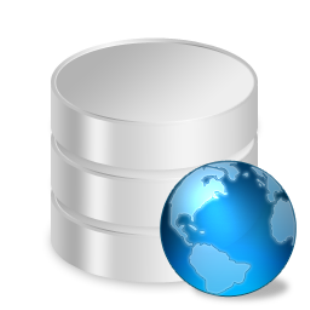eDiscovery Daily Blog
eDiscovery Best Practices: Database Discovery Pop Quiz

Databases: You can’t live with them, you can’t live without them.
Or so it seems in eDiscovery. On a regular basis, I’ve seen various articles and discussions related to discovery of databases and other structured data and I remain very surprised how few legal teams understand database discovery and know how to handle it. A colleague of mine (who I’ve known over the years to be honest and reliable) even claimed to me a few months back while working for a nationally known eDiscovery provider that their collection procedures actually excluded database files.
Last month, Law.com had an article written by Craig Ball, called Ubiquitous Databases, which provided a lot of good information about database discovery. It included various examples how databases touch our lives every day, while noting that eDiscovery is still ultra document-centric, even when those “documents” are generated from databases. There is some really good information in that article about Database Management Software (DBMS), Structured Query Language (SQL), Entity Relationship Diagrams (ERDs) and how they are used to manage, access and understand the information contained in databases. It’s a really good article especially for database novices who need to understand more about databases and how they “tick”.
But, maybe you already know all you need to know about databases? Maybe you would already be ready to address eDiscovery on your databases today?
Having worked with databases for over 20 years (I stopped counting at 20), I know a few things about databases. So, here is a brief “pop” quiz on database concepts. Call them “Database 101” questions. See how many you can answer!
- What is a “Primary Key”? (hint: it is not what you start the car with)
- What is an “Inner Join” and how does it differ from an “Outer Join”?
- What is “Normalization”?
- How does a “View” differ from a “Table”?
- What does “BLOB” stand for? (hint: it’s not this)
- What is the different between a “flat file” and a “relational” database?
- What is a “Trigger”?
- What is “Rollback”? (hint: it has nothing to do with Wal-Mart prices)
- What is “Referential Integrity”?
- Why is a “Cartesian Product” in SQL almost always a bad thing?
So, what do you think? Are you a database guru or a database novice? Please share any comments you might have or if you’d like to know more about a particular topic.
Did you think I was going to provide the answers at the bottom? No cheating!! I’ll answer the questions on Monday. Hope you can stand it!!
